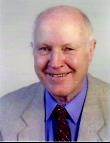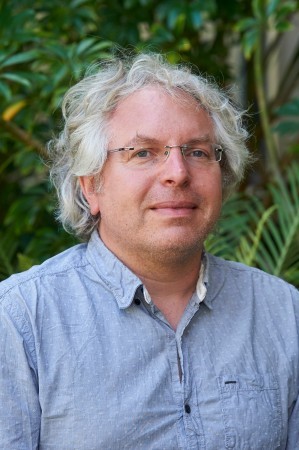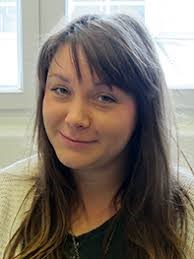The 2019 prize is awarded to:
 |
Professor Emeritus Erich Sackmann, Technical University, Munich, Germany.
Professor Sackmann received his PhD in Physics 1964 with Professor Theodor Förster, the discoverer of energy transfer (FRET), at University of Stuttgart. He then spent 2 years at Bell Telephone Laboratories in Murray Hill, USA and 5 years at the Max Planck Institute for Biophysical Chemistry in Göttingen. From 1974 -1980 he was professor of physics and head of the biophysics department at the University of Ulm and from 1980 to 2003 he holds the same position at the Physics Department of the Technical University Munich. During the earlier days of his academic career, 1965 to 1970, his research interest was focused on physics of liquid crystals and photophysics of the organic solid state. From 1970 he started to work on physics of biological membranes, cell adhesion and cell mechanics. His contribution to modern biophysics is very significant, not only for his ground-breaking scientific contribution, but also for his pivotal role as a teacher and mentor for many world-leading biophysicists today. Professor Sackmann receives the 2019 Camurus Lipid Science Prize “For his pioneering studies of lipid-protein interactions in cell membranes”. His work has been devoted to being able to relate molecular mechanisms and mechanics to the cell function and he was one of the first to fully realize the importance of lipids in this respect. |
The Fellowship Award is given to:
 |
Dr Gerd Schroeder-Turk, Senior Lecturer at Murdoch University, School of Engineering and Information Technology Mathematics & Statistics.
He obtained his PhD 2005 at Applied Mathematics, Australian National University, Canberra and his habilitation (Dr. rer. nat. habil.) in Physics, Friedrich-Alexander Universität Erlangen-Nürnberg, Germany 2013. His research concerns materials science and physics of complex nano- or micro-structured materials addressed through the goggles of geometry, including hyperbolic, computational and stochastic geometry. A particular research focus is on ordered network-like nanogeometries based on triply-periodic surfaces and nets, formed spontaneously by self-assembly. They occur in biological systems, with a variety of interesting properties, from photonics to mechanics, and with a likely role in many biological processes. He uses his theoretical tool-box in close collaboration with experimental work. The award is intended for joint sabbatical at Copenhagen and Lund Universities in collaboration with other partners in the region. |
The junior prize is awarded to:
 |
Dr. Jenny Andersson, who received her PhD 2018 in physical chemistry at the Department of Chemistry at Lund University. The title of her thesis was “Self-Assembly in Lipid-Protein Systems: Lung Surfactant, Stratum Corneum and Model Membranes”. At present she is doing a postdoc at Laboratoire de Geńie Chimique, Université deToulouse, CNRS, Institut National Polytechnique de Toulouse, Université Paul Sabatier, Toulouse, France. Dr Andersson has contributed with pioneering work on the influence of cholesterol on the properties of lung surfactants, which have gained international recognition. She has also made important contribution on the properties of skin lipids. |
* CLRF (www.clrf.se) was founded 1997 by Professor Kåre Larsson (1937-2018), Department of Chemistry, Lund University and Dr.h.c. Gunnar Sandberg (1923-2007), GS Development, Malmö. Their collaboration began in the late 1980’s, with Kåre Larsson’s pioneering scientific discovery of cubic lipid liquid crystalline nanoparticles – Cubosomes, which applications were to be commercialized by Camurus AB. CLRF support multi-disciplinary research in lipid science, particularly focused at structure and function of complex systems and their roles and applications in biology and life science.
